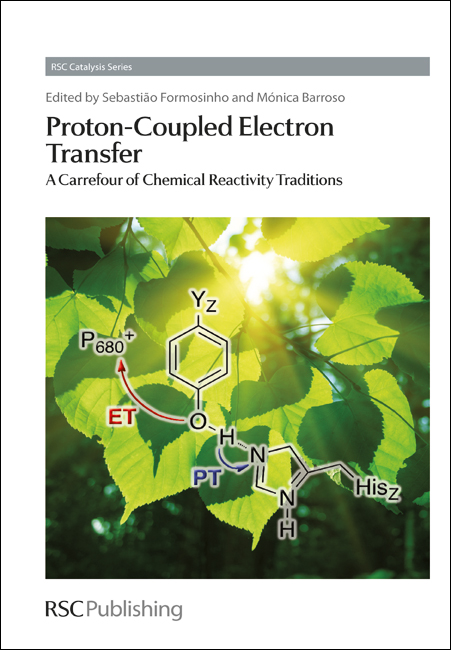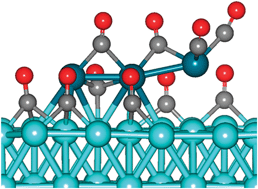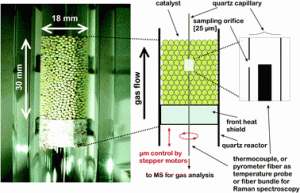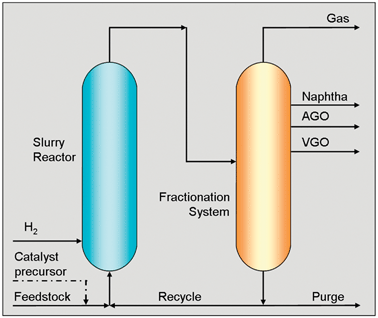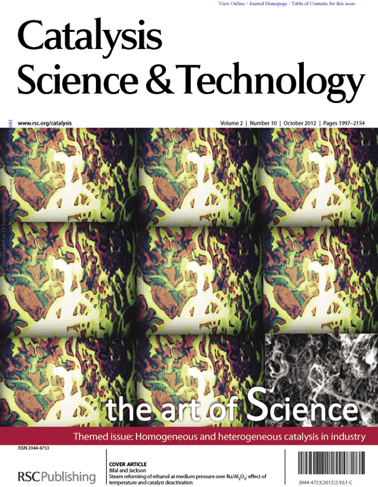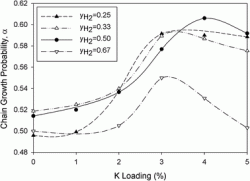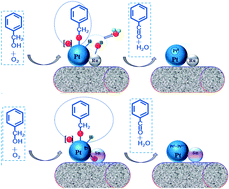This month sees the following articles in Catalysis Science & Technology that are in the top ten most accessed:-
Graphene-based materials for catalysis
Bruno F. Machado and Philippe Serp
Catal. Sci. Technol., 2012,2, 54-75 DOI: 10.1039/C1CY00361E
Advances in conversion of hemicellulosic biomass to furfural and upgrading to biofuels
Saikat Dutta , Sudipta De , Basudeb Saha and Md. Imteyaz Alam
Catal. Sci. Technol., 2012,2, 2025-2036 DOI: 10.1039/C2CY20235B
Homogeneous and heterogeneous catalysis in industry
Johannes G. de Vries and S. David Jackson
Catal. Sci. Technol., 2012,2, 2009-2009 DOI: 10.1039/C2CY90039D
Role of mixed metal oxides in catalysis science—versatile applications in organic synthesis
Manoj B. Gawande , Rajesh K. Pandey and Radha V. Jayaram
Catal. Sci. Technol., 2012,2, 1113-1125 DOI: 10.1039/C2CY00490A
Conversion of lignocellulose into renewable chemicals by heterogeneous catalysis
Hirokazu Kobayashi , Hidetoshi Ohta and Atsushi Fukuoka
Catal. Sci. Technol., 2012,2, 869-883 DOI: 10.1039/C2CY00500J
Heterogeneous catalysis with continuous flow microreactors
Xiaoying Liu , Barış Ünal and Klavs F. Jensen
Catal. Sci. Technol., 2012,2, 2134-2138 DOI: 10.1039/C2CY20260C
Diesel fuel from biomass
Carlo Perego and Marco Ricci
Catal. Sci. Technol., 2012,2, 1776-1786 DOI: 10.1039/C2CY20326J
Versatility of heterogeneous photocatalysis: synthetic methodologies epitomizing the role of silica support in TiO2 based mixed oxides
Harrison S. Kibombo , Rui Peng , Shivatharsiny Rasalingam and Ranjit T. Koodali
Catal. Sci. Technol., 2012,2, 1737-1766 DOI: 10.1039/C2CY20247F
Investigation on photocatalytic potential of Au–Ta2O5 semiconductor nanoparticle by degrading Methyl Orange in aqueous solution by illuminating with visible light
Sambandam Anandan , Nalenthiran Pugazhenthiran , Thangavel Selvamani , Shu-Han Hsieh , Gang-Juan Lee and Jerry J. Wu
Catal. Sci. Technol., 2012, Advance Article DOI: 10.1039/C2CY20393F
Mesoporous niobium phosphate: an excellent solid acid for the dehydration of fructose to 5-hydroxymethylfurfural in water
Yu Zhang , Jianjian Wang , Jiawen Ren , Xiaohui Liu , Xiangcheng Li , Yinjiang Xia , Guanzhong Lu and Yanqin Wang
Catal. Sci. Technol., 2012, Advance Article DOI: 10.1039/C2CY20204B
Why not take a look at the articles today and blog your thoughts and comments below.
Fancy submitting an article to Catalysis Science & Technology? Then why not submit to us today or alternatively email us your suggestions.
Comments Off on Top ten most accessed articles in August












